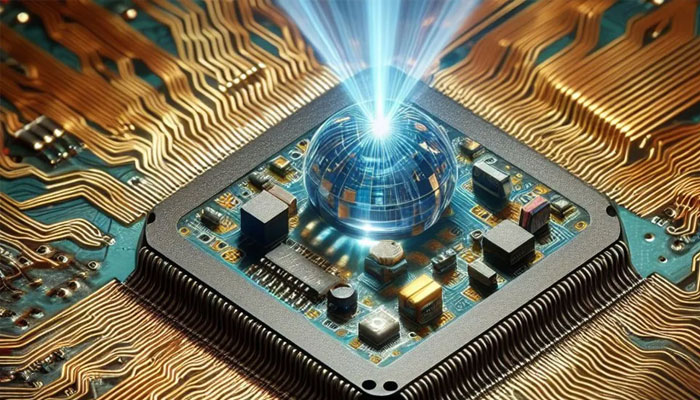'Unhackable' light-powered silicon photonic chip set to supercharge AI, data speed
SiPh chip is poised for immediate deployment, with potential applications including replacing graphics processing units in training, classifying AI models
February 16, 2024

A team of researchers at the University of Pennsylvania has achieved a breakthrough by creating a silicon-photonic (SiPh) computer chip that operates using light rather than electricity, Interesting Engineering reported.
This innovation holds promise for enhancing the speed of data transfer and reducing electricity consumption, particularly beneficial for training artificial intelligence (AI) models.
Led by Professor Nader Enghata, the team designed the SiPh chip to conduct mathematical computations using light, leveraging its unparalleled speed for data transfer.
By utilising widely available silicon, scalability becomes a key advantage. The chip focuses on performing vector-matrix multiplications, a critical mathematical computation in the development and functioning of neural networks vital for contemporary AI models.
Crucially, the researchers addressed data privacy concerns associated with parallel computations. Since the SiPh chip can execute multiple computations simultaneously, there is no need to store information in working memory during the process, adding a layer of security against potential hacks.
The SiPh chip is poised for immediate deployment, with potential applications including replacing graphics processing units (GPUs) in training and classifying AI models.
Firooz Aflatouni, an associate professor at the University, suggests that the SiPh platform could seamlessly integrate into existing AI infrastructure, offering faster computations and reduced electricity consumption, marking a significant leap in computing technology.









